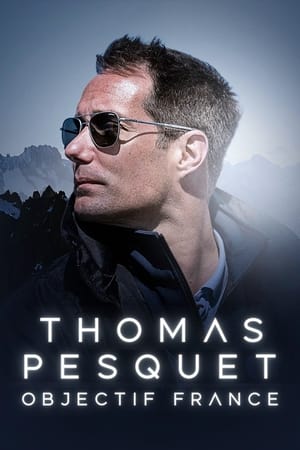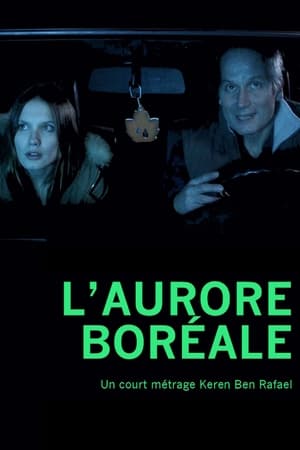

The Northern Lights(NaN)
A look at the northern lights (aurora borealis) from aboriginal beliefs to scientific theories.

Movie: The Northern Lights
Top 2 Billed Cast
Story Narration (voice) (as Lydia Slabyj)

The Northern Lights
HomePage
Overview
A look at the northern lights (aurora borealis) from aboriginal beliefs to scientific theories.
Release Date
Average
0
Rating:
0.0 startsTagline
Genres
Languages:
EnglishKeywords
Similar Movies
 7.5
7.5Under an Arctic Sky(en)
Six fearless surfers travel to the north coast of Iceland to ride waves unlike anything they've ever experienced, captured with high-tech cameras.
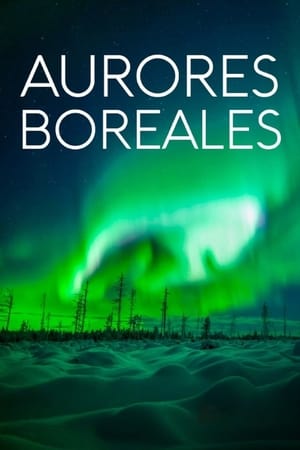 7.7
7.7Revontulien armoilla(fi)
In this documentary, scientists reveal their findings on the influence of solar storms on animal behavior and human transport infrastructure. The documentary explains why solar storms pose a threat to humanity: In extreme cases, they can damage satellites, slow down air traffic and paralyze high-voltage and telecommunications networks.
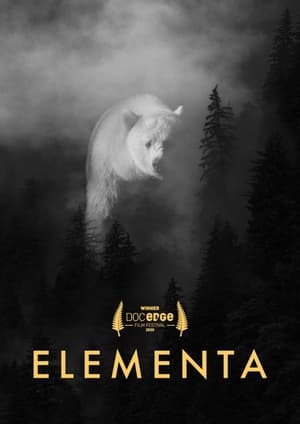 6.5
6.5Elementa(en)
A black-and-white visual meditation of wilderness and the elements. Wildlife filmmaker Richard Sidey returns to the triptych format for a cinematic experience like no other.
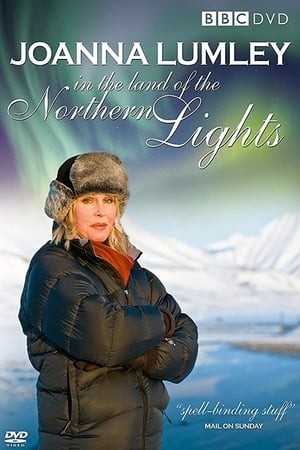 8.4
8.4Joanna Lumley in the Land of the Northern Lights(en)
Comedy icon Joanna Lumley pursues a life-long dream to track down the elusive and beautiful Northern Lights. She travels North across the Arctic Circle, up through Norway and finally to Svalbard, the most northerly permanently inhabited place on Earth, where she has to cope with temperatures approaching minus 30° C. Joanna’s journey takes her from train to boat and huskysled to snowmobile as she is pulled ever northwards and finally, in a breathtaking climax to the film, Joanna gets to see with her own eyes the spectacular beauty of the Northern Lights. As seen on ABC1.
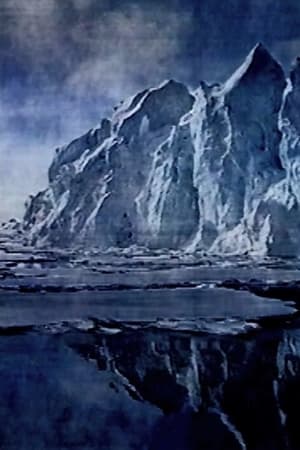 0.0
0.0Arktis - Zwischen Licht und Dunkel(de)
Arktis is a poetic approach to the bizarre landscape of ice, rock, and water; a journey to the arctic ocean and surroundings, with images and sounds. Seventy one-second scenes of the arctic serve as the original material, which is then transformed in its texture, time lapse, color and light qualities to create a material reminiscent of landscape painting. The sound collage uses fragments from sounds of nature and samples from a piece of music for violin and song, which are also transformed in a manner similar to that of the visual pictures. (Jürgen Reble)
 0.0
0.0Northern Lights: A Magic Experience(en)
The aurora borealis is a natural moving multicolour light display observed in the high northern latitude. This natural phenomenon is a source of imagination and awe that drives exploration of the world around us. Dr. Brekke shared the science behind the aurora borealis as a visual manifestation on the sun-Earth connection. And how this also can affect our technology based society. He talked about the production of the documentary.
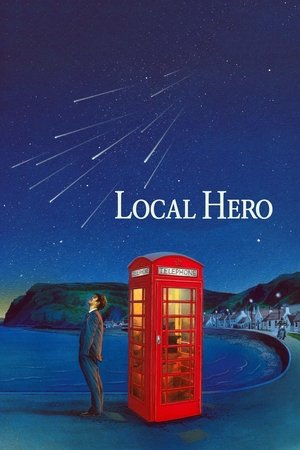 6.7
6.7Local Hero(en)
An American oil company sends a man to Scotland to buy up an entire village where they want to build a refinery. But things don't go as expected.
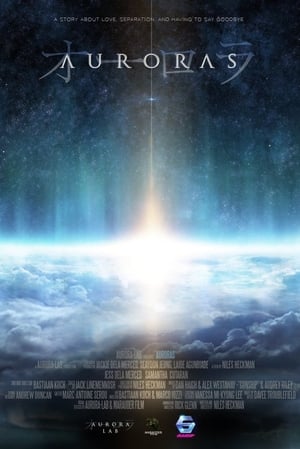 6.0
6.0Auroras(en)
Constantly orbiting at 400 km (250 mi) above the earth, the ISS is perfectly situated to witness the beautiful streamers of green and red light emanating from the collision of highly charged solar wind particles with oxygen and nitrogen atoms in the earth's atmosphere. Centered about the northern (Aurora Borealis) and southern (Aurora Australis) poles the Auroras move in an almost hypnotic dance below the space station.
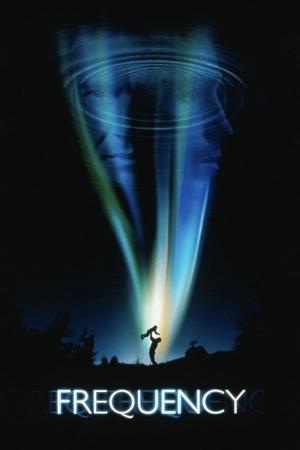 7.3
7.3Frequency(en)
When a rare phenomenon gives police officer John Sullivan the chance to speak to his father, 30 years in the past, he takes the opportunity to prevent his dad's tragic death. After his actions inadvertently give rise to a series of brutal murders he and his father must find a way to fix the consequences of altering time.
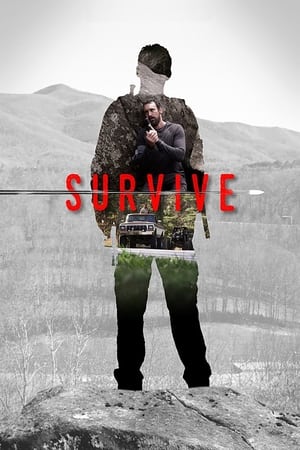 4.5
4.5Survive(en)
In a near-future post apocalyptic world, a father must cross a dangerous landscape to reunite with his wife and daughter.
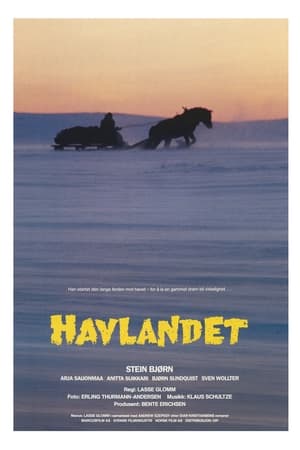 0.0
0.0Havlandet(no)
This is a tale that has an epic scope in scenery "the northern snow-covered lands of coastal Norway" and is dramatized by moments of tumultuous stormy weather. But the focus is on Heikki (Stein Bjorn) a young man who is inspired by the northern lights to take a horse-drawn sled and make his way to the sea, hoping to come back with abundant fish. He is overtaken by a snowstorm and is forced to find shelter in a small, isolated cabin that is home to a half-crazy widow, her baby, and a blind man. Driven to arson by her internal demons, the woman destroys the cabin. She and the blind man perish, but Heikki manages to save the baby. He is now faced with an even greater challenge as he holds the infant and looks in the direction of the coastline.
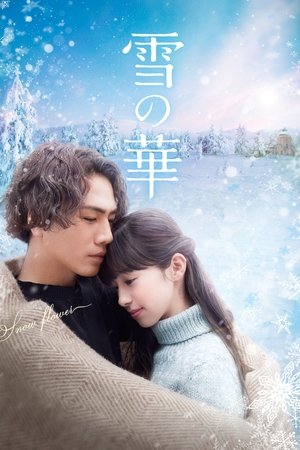 7.0
7.0Snow Flower(ja)
A terminally ill girl, who dreams of going to Finland to see the northern lights, falls in love
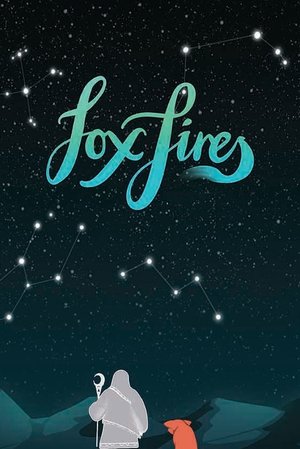 9.0
9.0Fox Fires(en)
The moon comes down to Earth and asks animals help to light up the sky. A fox pursues her purpose in this tale of folklore. Graduation film from Duncan of Jordanstone College of Art & Design, Dundee. Inspired by the Finnish folk tale of the aurora borealis.
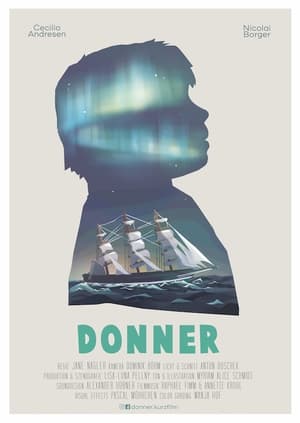 10.0
10.0DONNER(de)
 7.1
7.1Nanook of the North(en)
This pioneering documentary film depicts the lives of the indigenous Inuit people of Canada's northern Quebec region. Although the production contains some fictional elements, it vividly shows how its resourceful subjects survive in such a harsh climate, revealing how they construct their igloo homes and find food by hunting and fishing. The film also captures the beautiful, if unforgiving, frozen landscape of the Great White North, far removed from conventional civilization.
 6.9
6.9Olympia: Part One – Festival of the Nations(de)
Commissioned to make a propaganda film about the 1936 Olympic Games in Germany, director Leni Riefenstahl created a celebration of the human form. This first half of her two-part film opens with a renowned introduction that compares modern Olympians to classical Greek heroes, then goes on to provide thrilling in-the-moment coverage of some of the games' most celebrated moments, including African-American athlete Jesse Owens winning a then-unprecedented four gold medals.
 6.7
6.7Olympia: Part Two – Festival of Beauty(de)
Commissioned to make a propaganda film about the 1936 Olympic Games in Germany, director Leni Riefenstahl created a celebration of the human form. Where the two-part epic's first half, Festival of the Nations, focused on the international aspects of the 1936 Olympic Games held in Berlin, part two, The Festival of Beauty, concentrates on individual athletes such as equestrians, gymnasts, and swimmers, climaxing with American Glenn Morris' performance in the decathalon and the games' majestic closing ceremonies.
 6.7
6.7Workers Leaving the Lumière Factory(fr)
Working men and women leave through the main gate of the Lumière factory in Lyon, France. Filmed on 22 March 1895, it is often referred to as the first real motion picture ever made, although Louis Le Prince's 1888 Roundhay Garden Scene pre-dated it by seven years. Three separate versions of this film exist, which differ from one another in numerous ways. The first version features a carriage drawn by one horse, while in the second version the carriage is drawn by two horses, and there is no carriage at all in the third version. The clothing style is also different between the three versions, demonstrating the different seasons in which each was filmed. This film was made in the 35 mm format with an aspect ratio of 1.33:1, and at a speed of 16 frames per second. At that rate, the 17 meters of film length provided a duration of 46 seconds, holding a total of 800 frames.

